The exploration of engineering behind the museum of the future
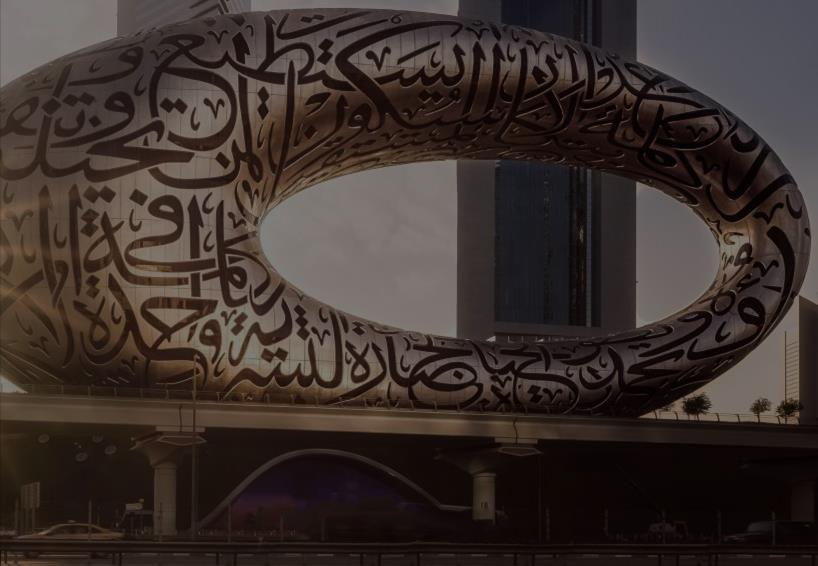 Farah Abdelrahman
Farah Abdelrahman

 Farah Abdelrahman
Farah Abdelrahman
-
In this project the museum of the future is to be fully explored in the lens of its engineering principles whilst still illustrating and highlighting its various architectural and aesthetic considerations and characteristics.
As well as the museum of the future, the different elements of engineering in terms of architecture will be fully explained and demonstrated with different sketches, models and pictures. Understanding these principles such as the forces, stresses and strains, enhance one's view in interpreting and valuing, if not creating, these various pieces of architecture. -

The forces that are acting along the axis of force are responsible for the stretching of the material. The external force per unit area of the material resulting in the stretch of the material is known as tensile stress.

A shear force is a force applied along the surface, in opposition to an offset force acting in the opposite direction. This results in a shear strain.
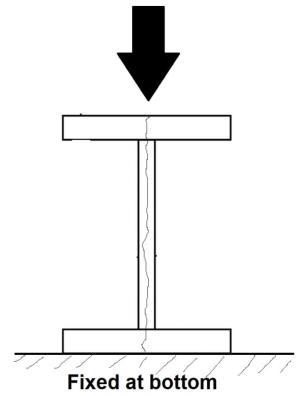
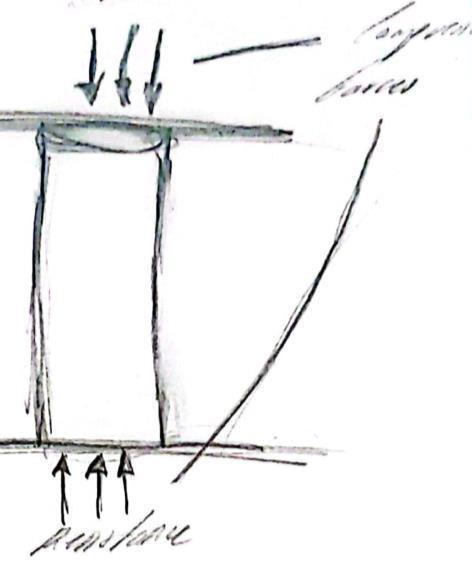
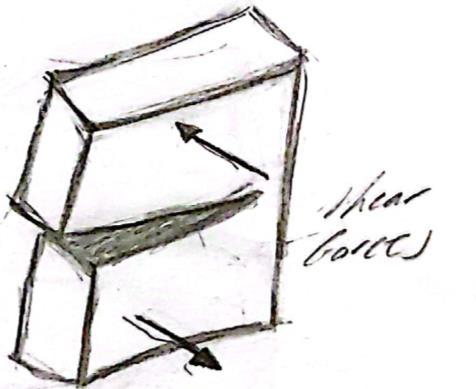
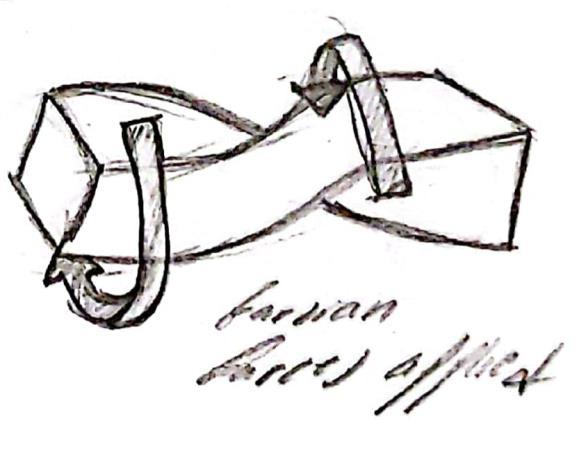
Compression force is the force generated from compressing an object or substance. When shearing forces are aligned into each other, they are called compression forces.


Bending moments occur when a force is applied at a given distance away from a point of reference; causing a bending effect.
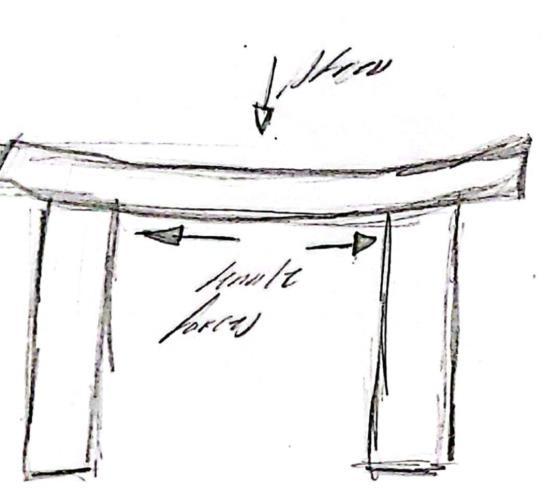


Tension is a state of stress in which a material is being pulled apart, for example a cable that is attached to a ceiling with a weight fixed to its lower end.
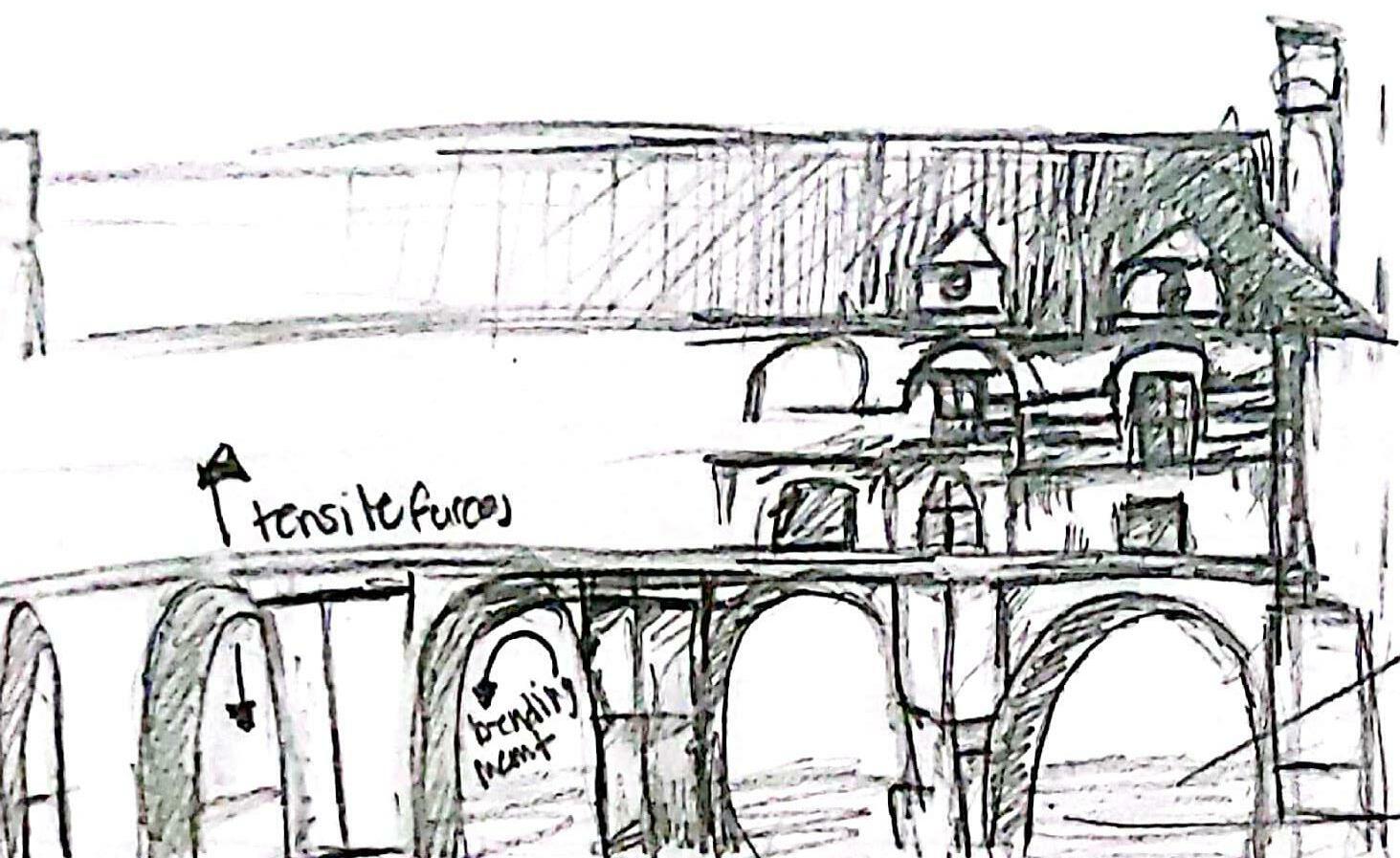

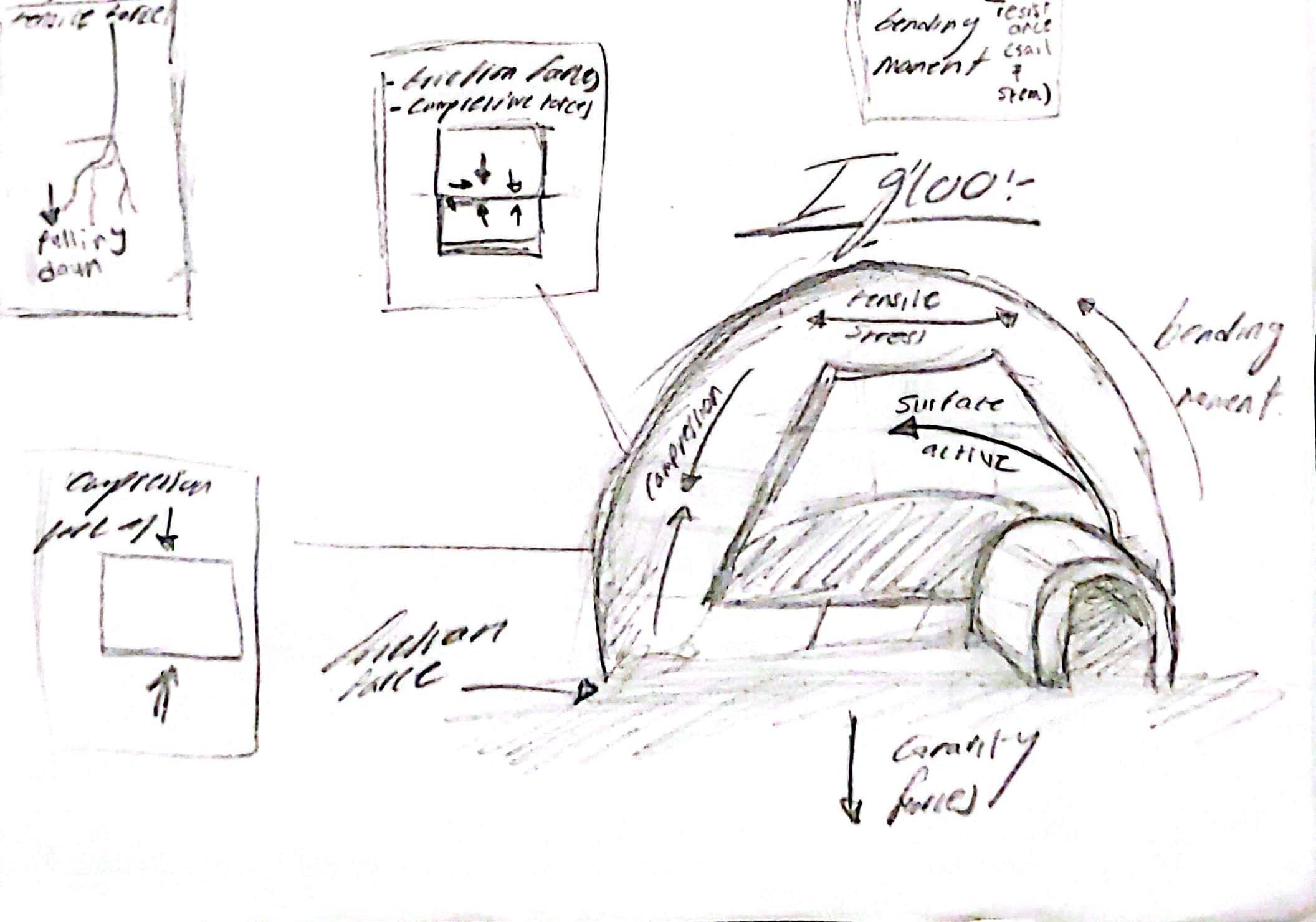

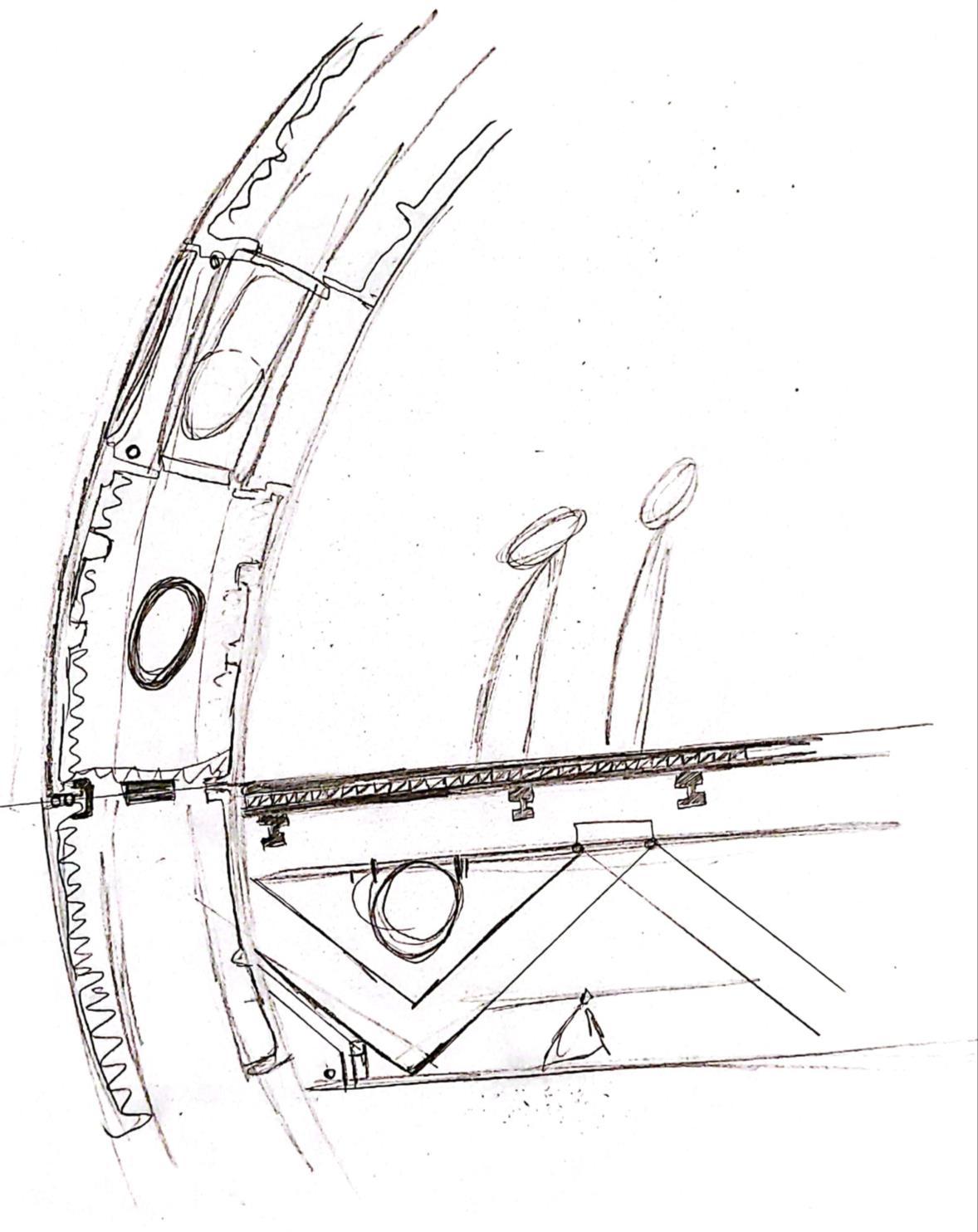


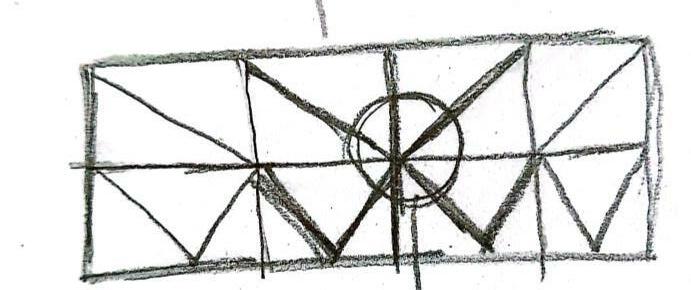
Diagrid shape is consistent throughout the structure with tighter spans depending on the angle of the structure, which has been implemented as a result to counteract the stress that is placed on that area, maintaining structural equilibrium.
Tighter wider
This diagrid type is found in places of high tension and vertical compression which makes this area advantageous as the load is vertical.
This diagrid type is found in places with greatest strain counteracting torque and bending moments; this redirects stress quickly along the diagrid with high tension.



The structure of the museum was described by Shaun Killa in an interview with T+L India as “The floors of the building are cantilevering an eggshell, similarly, the structure of the building is based entirely on the skin. When under construction, it appeared like a steel diagrid and that’s how we achieved the inverted spherical shape called a torus.”

That shape especially when illustrated with a diagrid, provides a definitive strength in compression with the arch/dome shape resisting tension.
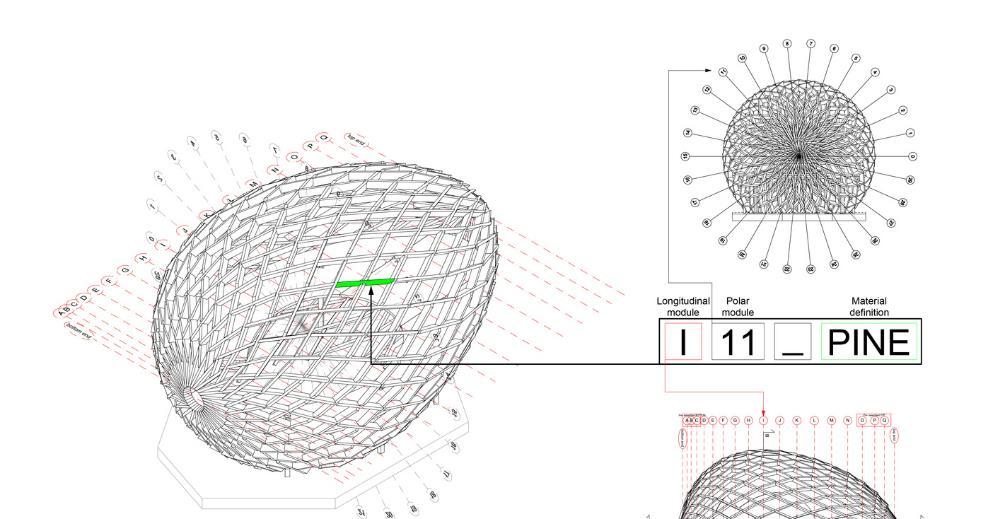
With this hollowed out shape however providing more of a torus structure, the elements of tension and compression is still inspired from the engineering found in that of an egg but inverted, with compression acting within and tension acting on the other side and so providing this even stronger structure using the same principles found in the egg.
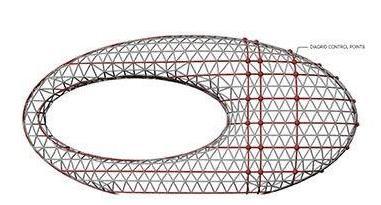
tension compression tension
compression

• Draw free body diagram - shows all the applied and reaction forces
• Determine the reaction forces and moments oof bean supports.
Negative bending moment


• Determine internal hear and bending moments along the beam
Positive bending moment
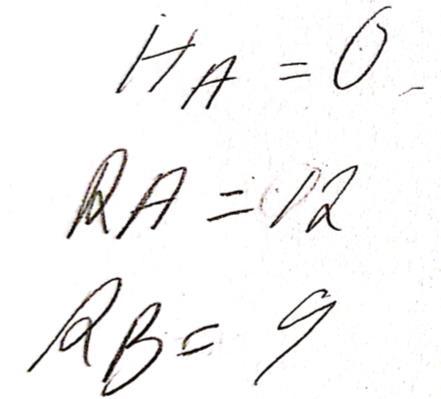



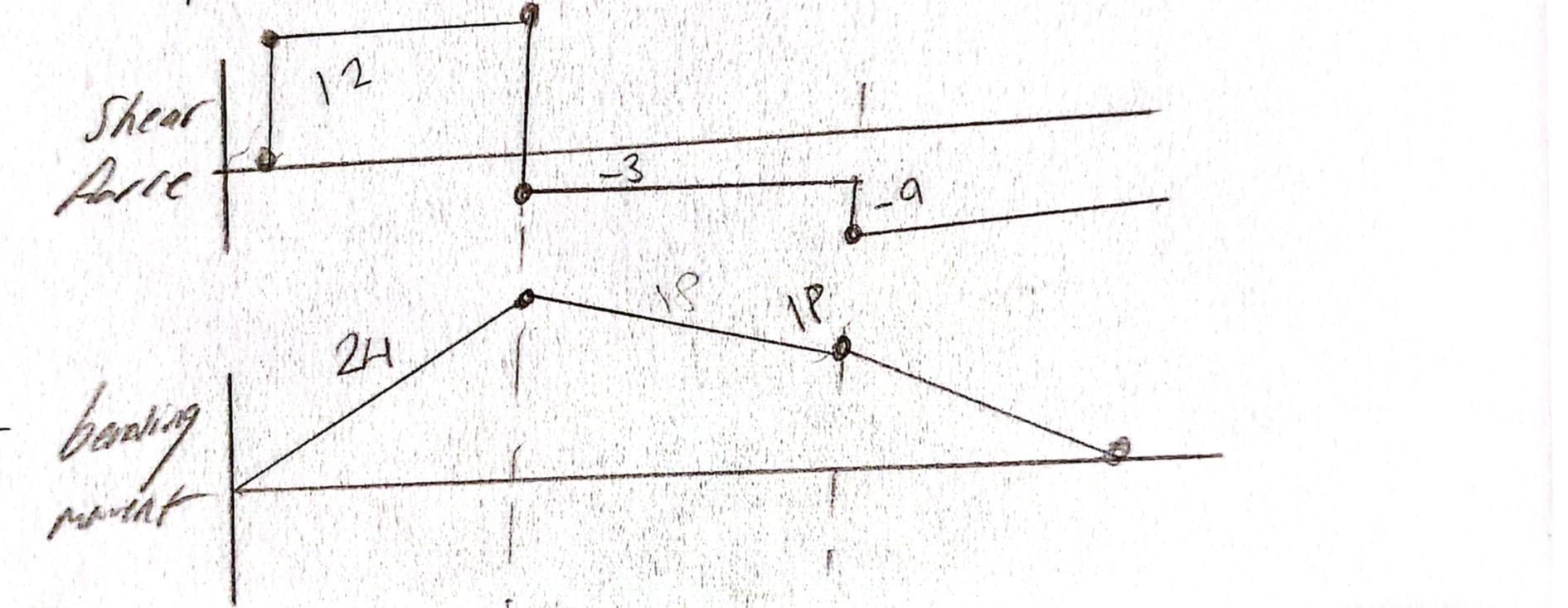


The distribution of internal forces along a body.

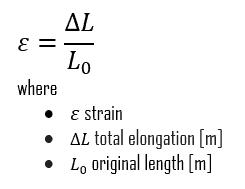

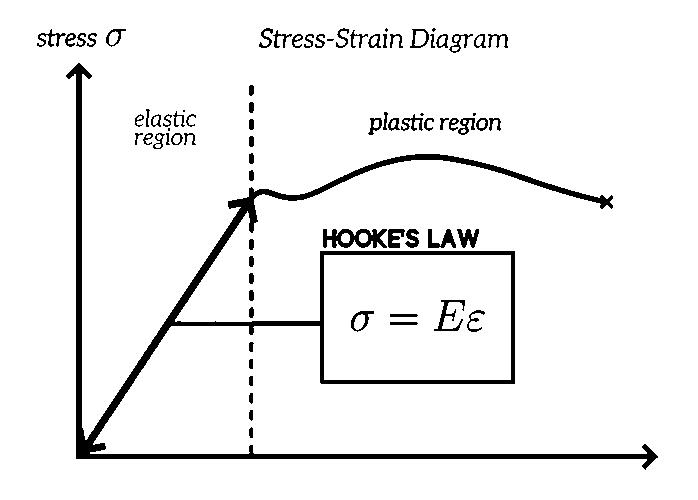

strain: change of angle in shape
Hooke's law for shear:

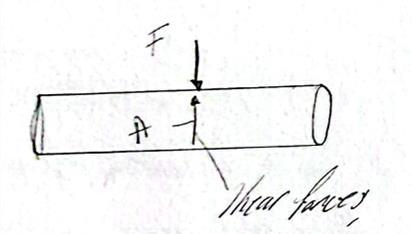
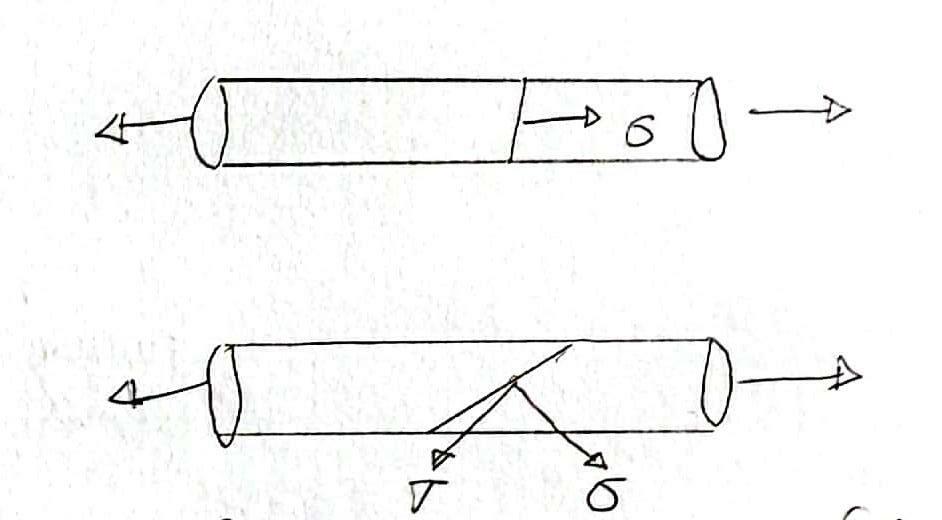
Type of stress depends on the angle of the cut: Distribution of stresses along a 3D shape



• Here I will discuss the trinity bridge, four new baileys, people’s history museum and Manchester civil justice center. Exploring the various different structural elements, forces and aesthetic features.
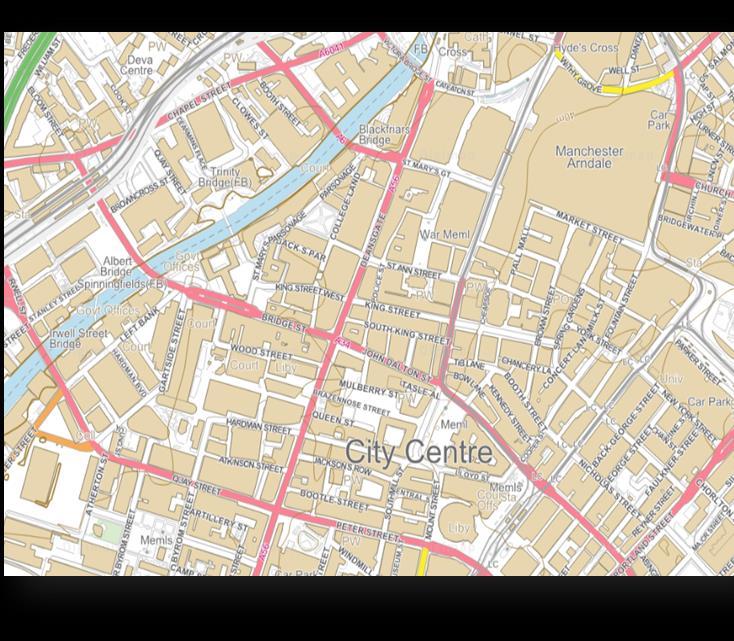



The footbridge, a symbolic gesture over the Irwell, is the first pedestrian crossing of the river and links the adjoining cities of Salford and Manchester.
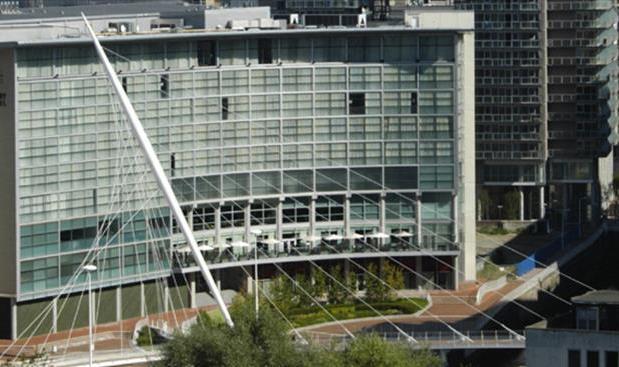
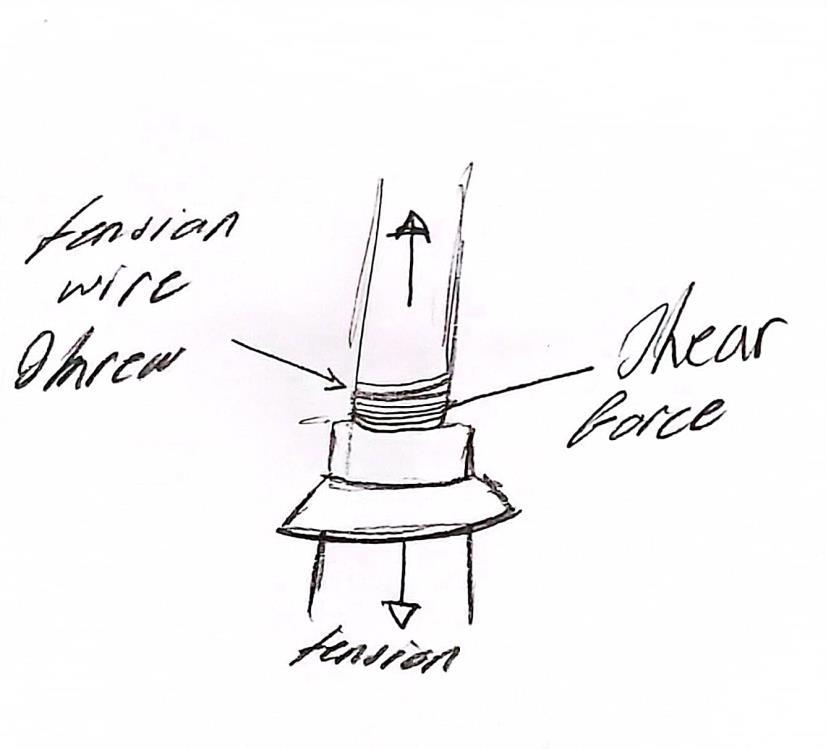



Four New Bailey was designed by renowned architect, Make, and will feature an exposed lattice frame, influenced by the bridges along the River Irwell where the scheme sits.




PHM tells the story of the past, present and future of democracy in Britain. It’s an introverted closed off building keeping in the information it has to offer to then explore upon entering by enticing the public through mystery.
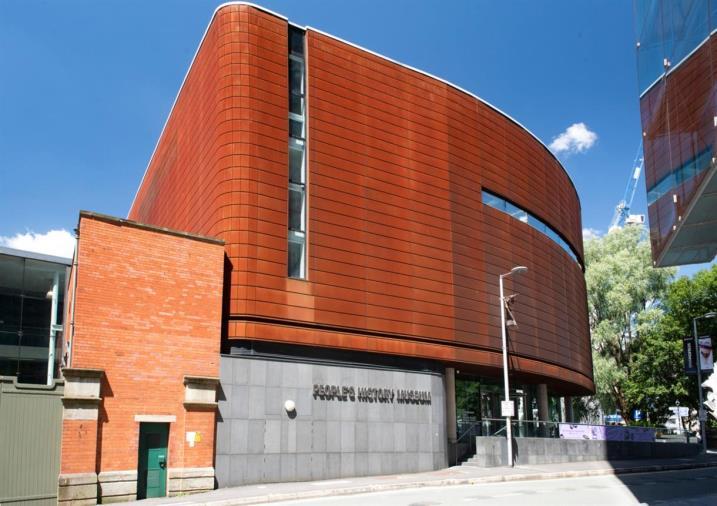





The building nicknamed 'the filing cabinet' as a result of its cantilever floors was the second building we observed. It is made almost entirely of glass which is meant to highlight the 'transparency in the justice system' with steel sun panels providing shade on the east side of the building to allow for user comfort.
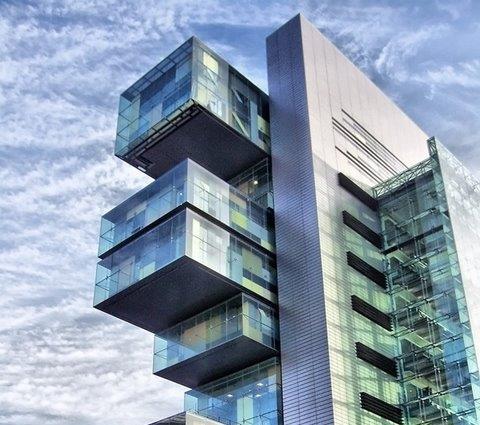
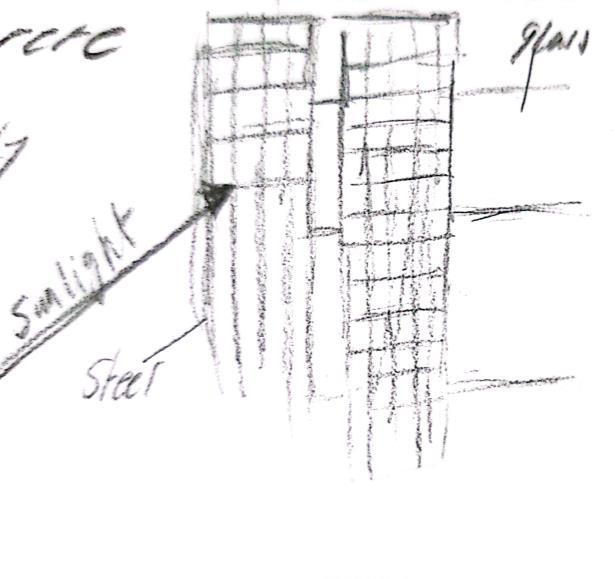
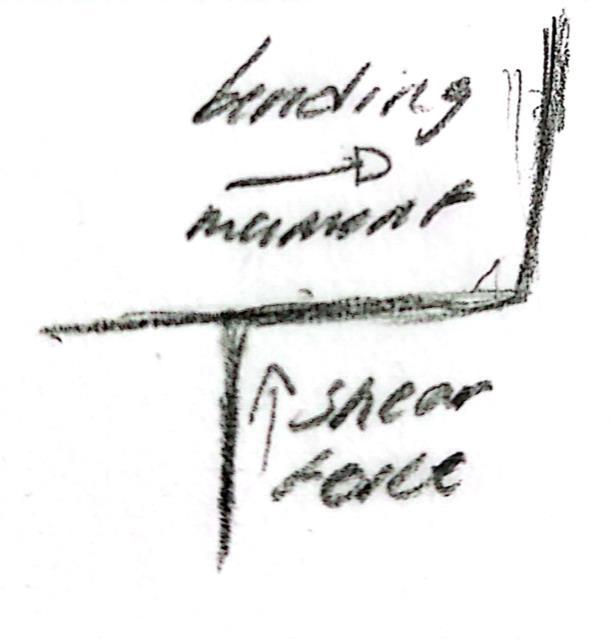

The museum of the future is a well thought out and complex piece of architecture, it challenges traditional structures which at first look might seem impossible but after further consideration and analysis illustrated to highlight how engineering and architecture when used in harmony could create a building that will be studied for years.
This module provided information and a point of view where it enhances the outlook of any architect when it comes to construction and how different forces manipulate and effect any structure, in combination with aesthetics providing a course which results in a combination of skills resulting in standout structures.
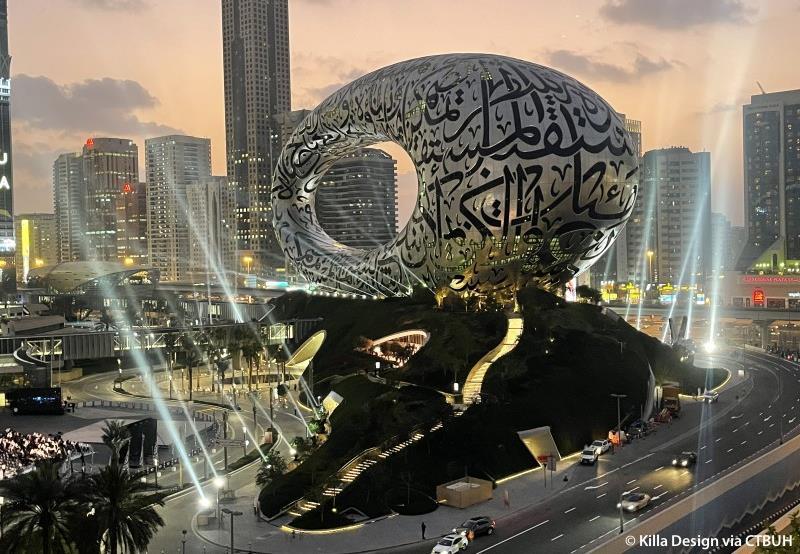
• Silver, Pete, et al. Structural Engineering for Architects : A Handbook. London, Laurence King Publishing, 2013.
• SteelConstruction.info. “Trusses.” Www.steelconstruction.info, 2014, www.steelconstruction.info/Trusses.
• “Https://Museumofthefuture.ae/En.” Museum of the Future, museumofthefuture.ae/en.
• CNN, By Nicola Chilton. “Defying Gravity: How Dubai’s Museum of the Future Was Built.” CNN, edition.cnn.com/travel/article/museum-of-the-futuredubai/index.html.
• “Architect Shaun Killa on How He Made the Museum of Future in Dubai.” Travel + Leisure India, 3 Mar. 2022, www.travelandleisureindia.in/people/interview-shaun-killaarchitect-of-dubai-museum-of-future/.Accessed 9 Dec. 2022.
• “Museum of the Future.” Killa Design, www.killadesign.com/portfolio/museum-of-thefuture/#:~:text=The%20design%20is%20a%20low.Accessed 9 Dec. 2022.